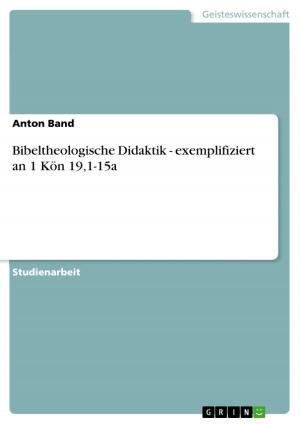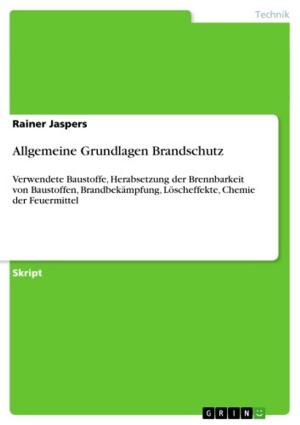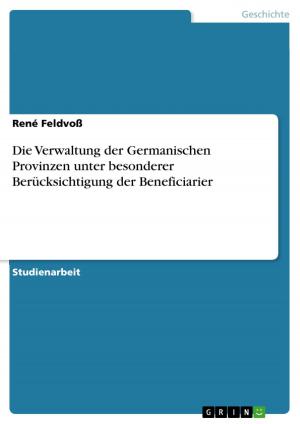| Author: | Bianca Stärk | ISBN: | 9783638571326 |
| Publisher: | GRIN Verlag | Publication: | November 20, 2006 |
| Imprint: | GRIN Verlag | Language: | German |
| Author: | Bianca Stärk |
| ISBN: | 9783638571326 |
| Publisher: | GRIN Verlag |
| Publication: | November 20, 2006 |
| Imprint: | GRIN Verlag |
| Language: | German |
Studienarbeit aus dem Jahr 2004 im Fachbereich Anglistik - Linguistik, Note: 2,8, Universität zu Köln (Anglistisches Institut), Veranstaltung: Morphosyntax English - German, 5 Quellen im Literaturverzeichnis, Sprache: Deutsch, Abstract: Language is something uniquely human. Bertrand Russell stated in 1948 that 'A dog cannot relate his autobiography; however eloquently he may bark, he cannot tell you that his parents were honest though poor' (Whaley 1997: 4). Language ist not only unique to humans and diverse but there are also commonalities between languages. About five thousand languages are spoken in the world today but there still is a basic unity that undelies their diversities. Many of the world's languages show similar principles. An example of such a similaritiy is word order. In some languages such as English, French and Italian the word order is subject, verb and object. This is the so called SOV order. Besides similarities like this, there also exist features between some languages, which are common to all human languages in the world and are called language universals. These language universals classify entire languages into categories which are then based on shared properties. Language universals are examined within the field of typology. Typology has the task of examining cross-linguistic patterns. This means that 'all typological research is based on comparisons between languages' (Whaley 1997: 7). Through comparing different languages with each other, one necessarily comes into contact with universals, which hold true for a group of languages or even for all languages. This is how language universals are placed within the field of typology.
Studienarbeit aus dem Jahr 2004 im Fachbereich Anglistik - Linguistik, Note: 2,8, Universität zu Köln (Anglistisches Institut), Veranstaltung: Morphosyntax English - German, 5 Quellen im Literaturverzeichnis, Sprache: Deutsch, Abstract: Language is something uniquely human. Bertrand Russell stated in 1948 that 'A dog cannot relate his autobiography; however eloquently he may bark, he cannot tell you that his parents were honest though poor' (Whaley 1997: 4). Language ist not only unique to humans and diverse but there are also commonalities between languages. About five thousand languages are spoken in the world today but there still is a basic unity that undelies their diversities. Many of the world's languages show similar principles. An example of such a similaritiy is word order. In some languages such as English, French and Italian the word order is subject, verb and object. This is the so called SOV order. Besides similarities like this, there also exist features between some languages, which are common to all human languages in the world and are called language universals. These language universals classify entire languages into categories which are then based on shared properties. Language universals are examined within the field of typology. Typology has the task of examining cross-linguistic patterns. This means that 'all typological research is based on comparisons between languages' (Whaley 1997: 7). Through comparing different languages with each other, one necessarily comes into contact with universals, which hold true for a group of languages or even for all languages. This is how language universals are placed within the field of typology.















